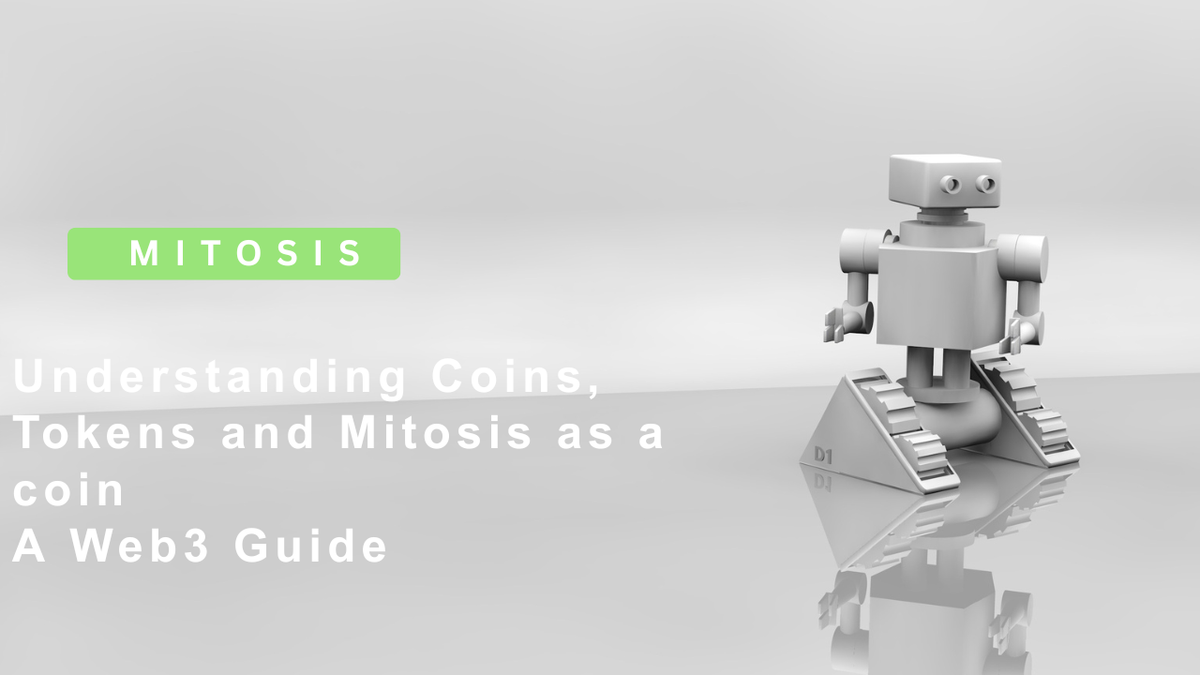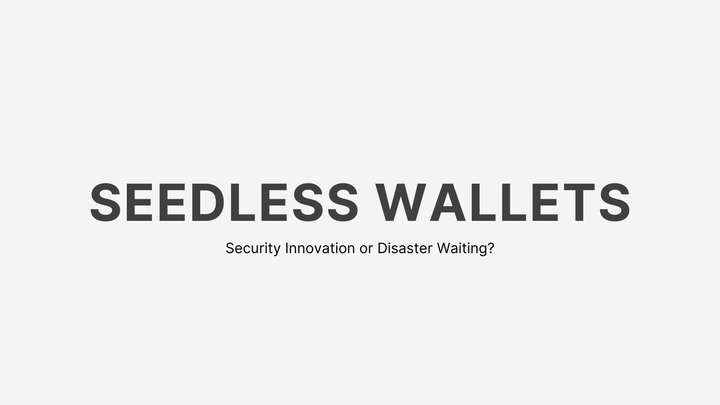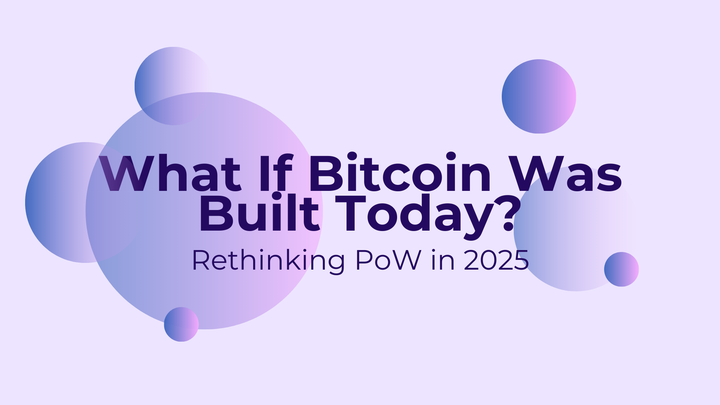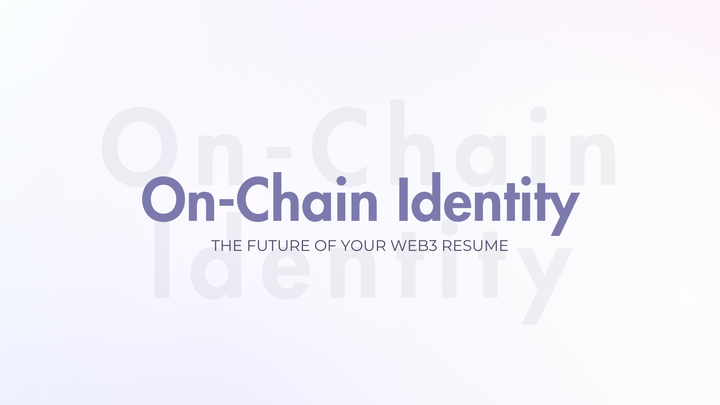Understanding Coins, Tokens and Mitosis as a Coin: Your Guide to Navigating Digital Assets in Web3

Picture this: you’re diving into the world of Web3, excited about the possibilities of decentralized finance (DeFi), blockchain gaming, or even tokenized real-world assets. You hear terms like “coins” and “tokens” thrown around, apparently someone mentions Mitosis as a "coin", your questions should be: What are coins in blockchain? What's the difference between Coins and tokens? What makes Mitosis a coin?
The crypto world is buzzing with opportunity, but it’s also rife with complexity. Whether you’re a Web3 developer building a dApp, an investor trading cryptocurrencies, or a curious newcomer, understanding the distinction between coins and tokens is crucial. Add to that the unique role of innovative coins like Mitosis, and you’ve got a recipe for unlocking the full potential of decentralized systems. Let's explore the deferences between coins and tokens, explore their use cases, and dive into why Mitosis stands out as a coin. We’ll also cover how non-custodial wallets, like those offered by Ledger, empower you to retain ownership of your assets while navigating the exciting and sometimes risky world of Web3.
Coins vs. Tokens: What’s the Difference?
At first glance, coins and tokens might seem interchangeable. Both are digital assets, both can be traded, and both are integral to the Web3 ecosystem. But dig a little deeper, and you’ll find they serve distinct purposes, built on different technological foundations. Let’s unpack the key differences of coins and tokens.
Coins: The Native Currency of Blockchains
Coins are the native cryptocurrencies of their respective blockchains. They are recognized as the official native currency that powers a blockchain’s ecosystem. Bitcoin (BTC) is the most famous example, serving as the native coin of the Bitcoin blockchain. Ethereum’s (ETH) is another example of a coin, used to pay for transaction fees (gas) and power smart contracts on the Ethereum network,Mitosis isn't different because Mito will be the official coin of Mitosis Blockchain.
Coins have a few defining characteristics:
- Native to a Blockchain: Coins are created as part of a blockchain’s core protocol. They’re used to incentivize miners or validators, pay for transactions, and maintain the network’s security.
- Independent Operation: Coins don’t rely on another blockchain to function. For example, Bitcoin operates on its own blockchain, independent of any other network.
- Primary Use Cases: Coins are primarily used as a store of value, medium of exchange, or unit of account. You can buy coffee with Bitcoin (in some places), pay gas fees with ETH, or stake coins like Solana (SOL) to earn rewards.
About Tokens:
Tokens are specifically built on top of an existing blockchain, typically using smart contracts. They don’t have their own blockchain but leverage the infrastructure of platforms like Ethereum, Binance Smart Chain, or Polygon. Tokens are incredibly versatile, representing everything from financial instruments to in-game assets.
Here are the key traits of tokens:
- Built on Existing Blockchains: Tokens rely on a host blockchain. For example, most tokens on Ethereum follow standards like ERC-20 (for fungible tokens) or ERC-721 (for non-fungible tokens, or NFTs).
- Diverse Use Cases: Tokens can represent almost anything like stablecoins (like USDT), governance tokens (like UNI), utility tokens for dApps, or even tokenized real-world assets like real estate or art.
- Smart Contract-Driven: Tokens are created and managed via smart contracts, which define their rules, supply, and functionality.
A Simple Analogy
Think of a blockchain as a country and its coin as the official currency, like the U.S. dollar in the United States. Tokens, in contrast, are like gift cards, stocks, or concert tickets issued within that country. They rely on the country’s infrastructure (the blockchain) but serve specific purposes, from accessing a service to representing ownership of an asset.
The Power of Ownership in Web3
One of the most revolutionary aspects of cryptocurrencies whether coins or tokens is the concept of true ownership. In traditional finance, when you deposit money in a bank, you don’t truly “own” those funds. The bank holds custody, and you’re essentially trusting them to manage your assets. If the bank fails, gets hacked, or freezes your account, your money could be at risk. This lack of control is a stark contrast to the Web3 ethos.
In the world of DeFi and Web3, non-custodial wallets change the game. Unlike custodial services (like centralized exchanges), non-custodial wallets give you full control over your private keys and thus, your assets. Whether you’re holding Bitcoin, ETH, or an ERC-20 token like DAI, you retain ownership. This means you can:
- Lend Your Assets: Use platforms like Aave to lend your tokens and earn interest, all while keeping custody.
- Borrow Against Collateral: Deposit your coins or tokens as collateral on protocols like MakerDAO to borrow stablecoins, without handing over your keys.
- Build or Play in Blockchain Games: Use tokens to purchase in-game assets or participate in play-to-earn ecosystems, like Axie Infinity, with full control over your inventory.
- Trade Freely: Swap coins and tokens on decentralized exchanges (DEXs) like Uniswap without intermediaries.
This ownership model is a game-changer. Imagine a bank shutting down or a centralized exchange like FTX collapsing (as it did in 2022, wiping out billions in user funds). With a non-custodial wallet, your assets remain secure as long as you safeguard your private keys. This freedom comes with responsibility, but it’s a small price to pay for true financial sovereignty.
Mitosis As a Coin Built for the Future of DeFi
Mito is the native coin of Mitosis which is the coin that ecosystem projects integrates, it's also the coin used to:
→Incentivize validators
→Pay Gas fees
→Ecosystem project integrates it and build Decentralized applications on $MITO
What Makes Mitosis Unique?
Mitosis aims to address some of the biggest pain points in DeFi, such as high gas fees, slow transaction times, and fragmented liquidity. Here’s what sets it apart:
- Scalability: Mitosis uses a combination of sharding and layer-2 solutions to process thousands of transactions per second, rivaling traditional payment systems like Visa.
- Interoperability: The Mitosis blockchain is designed to connect with other major networks, like Ethereum and Polygon, allowing seamless asset transfers and cross-chain DeFi applications.
- Governance: Mitosis coin holders can stake their coins to participate in network governance, voting on protocol upgrades and resource allocation.
- Low Fees: By optimizing its consensus mechanism, Mitosis offers near-zero transaction fees, making it ideal for microtransactions and everyday use which we experienced during the Game of Mito Testnet and probably low fees is a thing in Mitosis mainnet.
- Programmable Liquidity: Mitosis major innovation is making provided Liquidity Tradable across Mitosis ecosystem,it typically kills idle LP like traditional methods of providing Liquidity.
Use Cases for Mitosis
As a coin, Mitosis serves multiple roles within its ecosystem:
- Transaction Fees: Users pay fees in Mitosis coins to execute transactions or deploy smart contracts on the network.
- Staking: Holders can stake Mitosis to secure the network and earn rewards, similar to Ethereum’s proof-of-stake model which is why the team revamped it as DNA program which rewards long term believers.
- DeFi Integration: Mitosis powers native DeFi protocols, such as decentralized lending platforms and automated market makers (AMMs), built directly on its blockchain.
- Cross-Chain Bridges: Mitosis coins can be used to facilitate cross-chain swaps, enabling users to move assets between blockchains without relying on third-party custodians.
Why Mitosis Matters
In a crowded crypto landscape, Mitosis stands out by prioritizing user empowerment and scalability. For Web3 developers, Mitosis offers a robust platform for building dApps with low latency and cost. For investors, it’s a coin with real utility, driving a network designed for the future of decentralized finance. And for everyday users, Mitosis makes DeFi accessible by reducing barriers like high fees and complex wallet management.
The Versatility of Tokens in Web3
While coins like Mitosis power their own blockchains, tokens offers flexibility for a wide range of applications. Let’s explore some of the most exciting use cases for tokens and how they complement coins like Mitosis.
1. Financial Instruments: Derivatives and Stablecoins
Tokens are revolutionizing finance by enabling decentralized versions of traditional instruments. For example:
- Stablecoins: Tokens like USDC and DAI are pegged to assets like the U.S. dollar, providing stability in the volatile crypto market. They’re widely used for trading, lending, and remittances.
- Derivatives: Platforms like Synthetix create synthetic tokens that track the value of real-world assets, such as stocks or commodities, without requiring centralized custodians.
- Yield Farming Tokens: Governance tokens like AAVE or COMP reward users for providing liquidity to DeFi protocols, creating new income streams.
These financial instruments empower users to hedge risks, earn passive income, or access global markets all while retaining ownership through non-custodial wallets.
2. Tokenized Assets: Bringing the Real World to Blockchain
Tokens can represent tangible assets, bridging the gap between physical and digital economies. Examples include:
- Real Estate: Platforms like RealT tokenize property ownership, allowing users to buy fractional shares of real estate with tokens.
- Art and Collectibles: NFTs, built on standards like ERC-721, represent unique assets like digital art or rare collectibles. Think of Beeple’s $69 million NFT sale as a prime example.
- Commodities: Tokens can represent gold, oil, or other commodities, making them tradable on blockchain platforms.
This tokenization trend democratizes access to assets that were once out of reach for many investors.
3. Utility in dApps and Gaming
Tokens are the lifeblood of decentralized applications and blockchain games. They enable:
- Access to Services: Utility tokens like MANA (Decentraland) grant access to virtual worlds or premium features in dApps.
- In-Game Economies: Games like Axie Infinity use tokens to represent in-game assets, such as characters or items, which players fully own and can trade.
- Governance: Tokens like UNI (Uniswap) allow holders to vote on protocol changes, giving users a say in the platforms they use.
These use cases highlight the versatility of tokens, making them essential for Web3’s growth.
The Future of Finance: Decentralized and Empowered
The future of finance is decentralized, and coins like Mitosis, alongside versatile tokens, are paving the way. By understanding the differences between these assets, you can make smarter choices as a developer, investor, or user. Coins provide the backbone of blockchain networks, while tokens unlock a world of possibilities from DeFi to NFTs to tokenized assets. Mitosis, with its focus on scalability and interoperability, is a coin to watch as Web3 evolves.



Comments ()